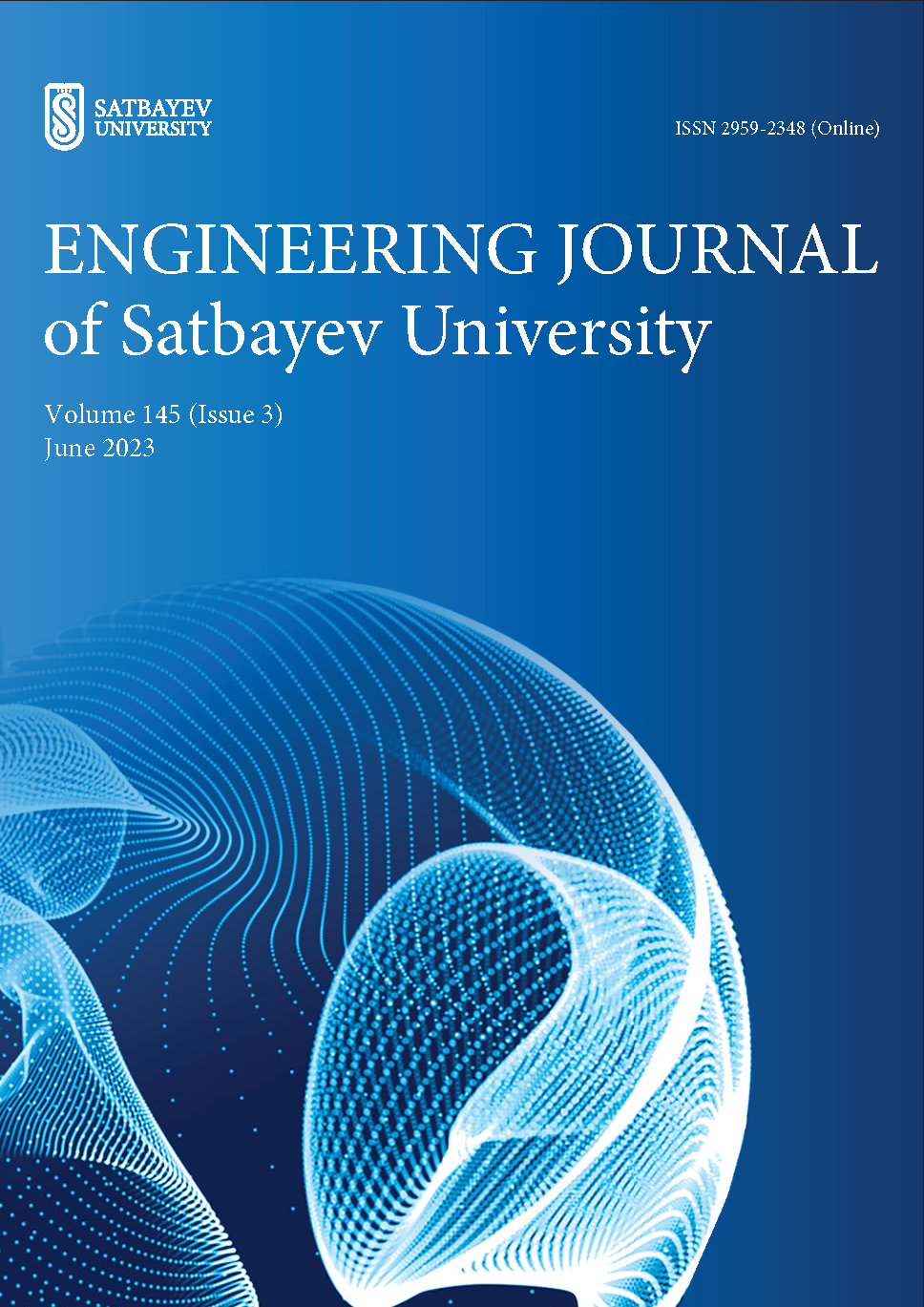Physico-chemical studies of technogenic gold-containing wastes of the Aksu deposit
DOI:
https://doi.org/10.51301/ejsu.2023.i3.01Keywords:
technogenic waste, gold, material composition, tailings, tailings of enrichmentAbstract
To develop a comprehensive technology for processing technogenic gold-containing waste, a representative sample of technogenic mineral formations of the Aksu deposits was selected. The average representative sample was studied using chemical, X-ray phase, mineralogical, X-ray spectral and electron microscopic analysis methods. The article presents physico-chemical studies of gold-bearing technogenic mineral formations of the Aksu deposit. According to the results of X-ray phase analysis, it was found that the main phase components are the following minerals: α-quartz - 63.2%, barite - 26.8%, muscovite - 6.3% and gypsum - 3.8%. Electron probe scanning revealed the presence of gold in the form of thin inclusions in rock-forming minerals. With the help of rational analysis, it was found that the proportion of free gold in the form of accretions with ore components in them is 7.18%. It was found that the main part of gold - 64.7% - is in the sulfide sample in the form of films coated with quartz, iron hydroxides, carbonates, chlorites and other minerals. According to the results of assay and atomic adsorption, gold in technogenic mineral formations varies from 1.11 to 1.28 g/t. The sieve analysis of technogenic mineral formations of the Aksu deposit showed that the initial sample is mainly represented by a class of -0.25+0.074 mm. Based on the data of analytical studies, it can be seen that the studied samples of stale tails of TMOS are a rather complex object for extracting gold, which is associated with the above-described features of the material composition. As well as the thin inclusiveness of gold in sulfides determine the persistent nature of the raw material under study. The results obtained in the physico-chemical study of technogenic mineral formations of the Aksu deposit will become the basis for choosing the technology for processing this raw material.
Downloads
Published
How to Cite
Issue
Section
License
Copyright (c) 2023 Engineering Journal of Satbayev University

This work is licensed under a Creative Commons Attribution-NonCommercial-NoDerivatives 4.0 International License.
<div class="pkpfooter-son">
<a rel="license" href="http://creativecommons.org/licenses/by-nc/4.0/"><img alt="Creative Commons License" style="border-width:0" src="https://i.creativecommons.org/l/by-nc/4.0/80x15.png"></a><br>This work is licensed under a <a rel="license" href="http://creativecommons.org/licenses/by-nc/4.0/">Creative Commons Attribution-NonCommercial 4.0 International License</a>.
</div>





